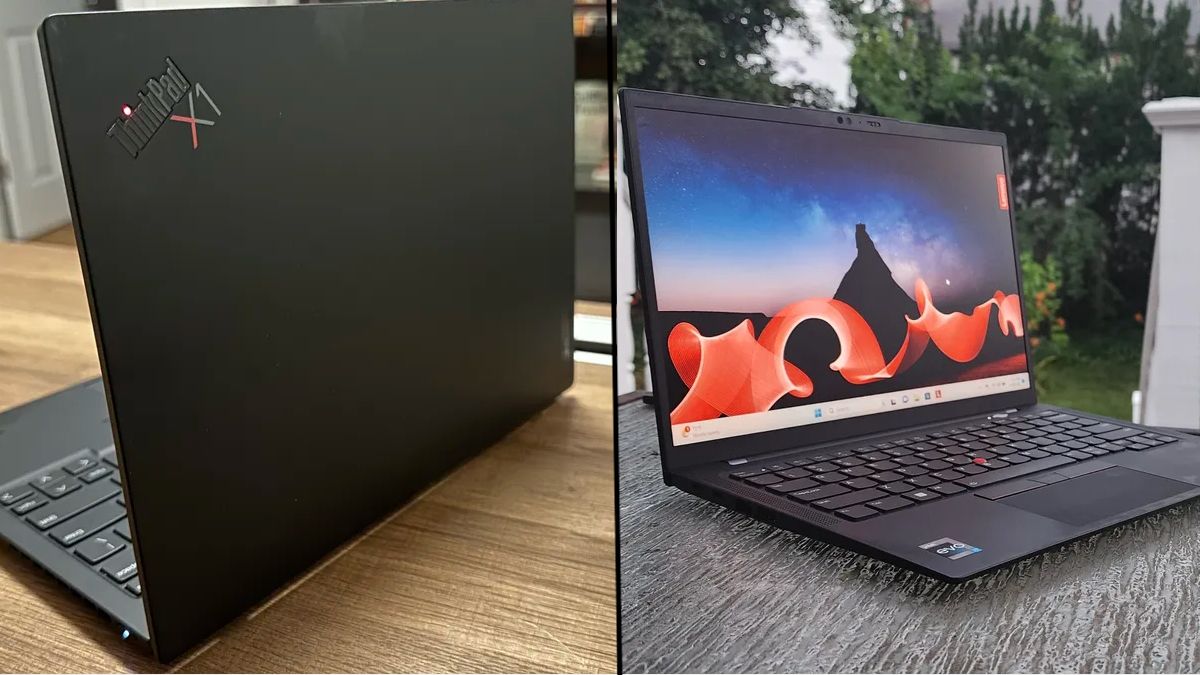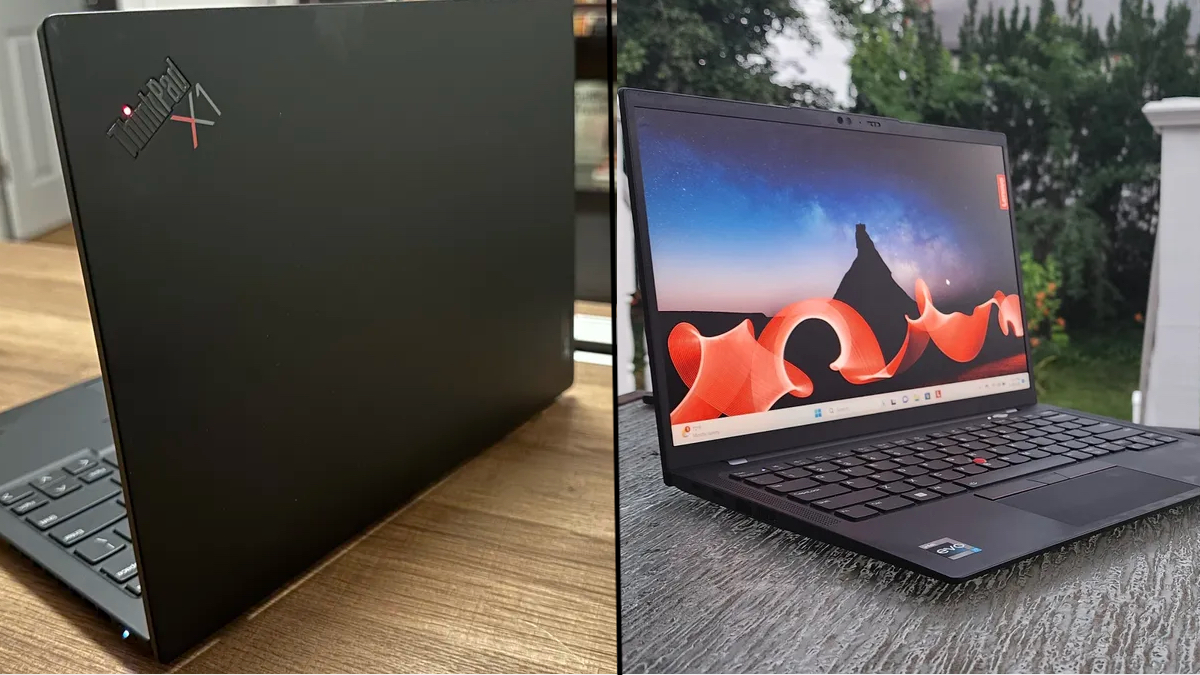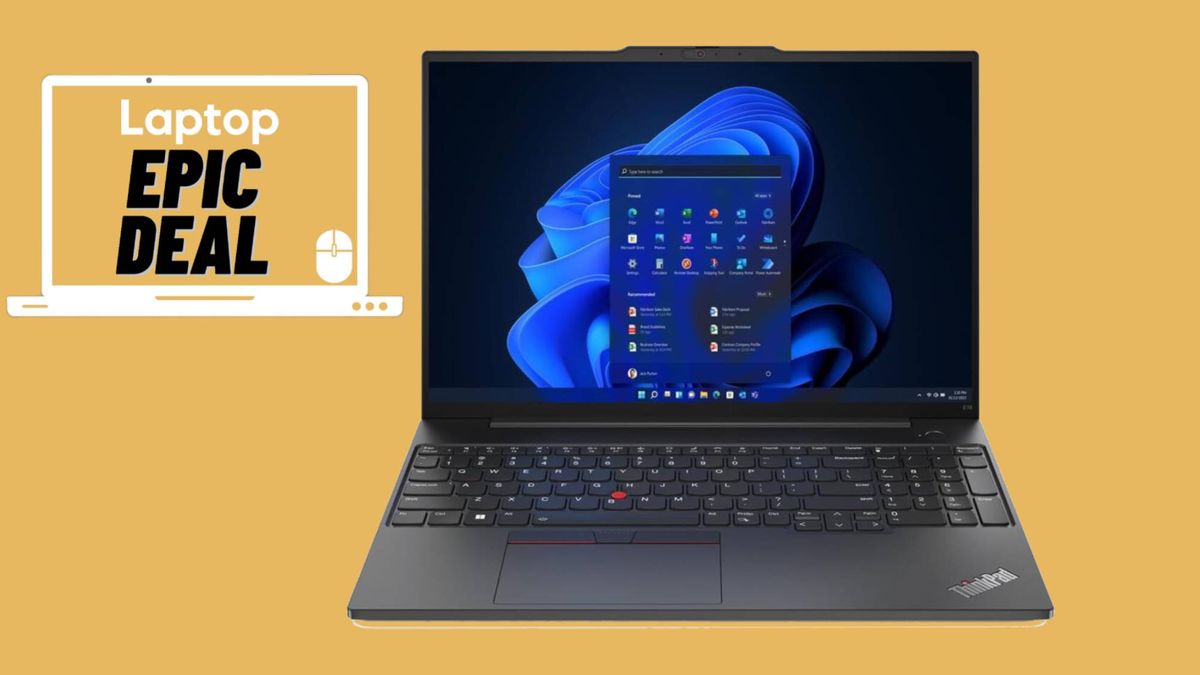

The Lenovo ThinkPad X1 Carbon has been one of our best business laptops for generations. We were excited for the first Thinkpad X1 Nano because it promised X1 Carbon performance in a smaller 13-inch frame. While this didn’t always end up the case, we did greatly enjoy the Nano as a more portable alternative.But now that we’ve tested and reviewed the latest iteration of both laptops, just how well do they hold up against each other in the current generation?Going into this battle of the ThinkPads, I expected the larger X1 Carbon to come out on top, but I was surprised to find just how close the two actually are in a direct head-to-head.Design(Image credit: Future | Madeline Ricchiuto)Both the ThinkPad X1 Carbon Gen 11 and X1 Nano Gen 3 feature the standard ThinkPad design with a matte-black cover, ThinkPad logo stamped into the top-left corner of the lid, and TrackPoint point stick in the middle of the keyboard.The X1 Carbon does feature a carbon fiber lid while the chassis on the X1 Nano is recycled magnesium. But that doesn’t really change the design. In fact, both laptops are nearly identical except for dimensions. The X1 Carbon is a bit thicker at 0.6 inches while the X1 Nano is 0.58 inches. Both also weigh just over 2 pounds, but the X1 Nano wins at 2.2 pounds compared to the X1 Carbon’s 2.5. This makes sense as the X1 Carbon is a 14-inch laptop while the X1 Nano has a 13-inch display.That said, we’re talking minor differences in design and size, so it really comes down to how much screen real estate you need.Winner: DrawPorts(Image credit: Future)This is an easy victory for the ThinkPad X1 Carbon Gen 11 as it contains more than just two ports like the X1 Nano Gen 3.The X1 Carbon houses two Thunderbolt 4 ports, a USB type-A port, and an HDMI 2.0 port on the left side with a Kensington lock slot, another USB type-A port, and a headset jack. The poor X1 Nano only has the two Thunderbolt› 4 ports.The lack of ports has been our biggest complaint with the X1 Nano since its introduction. So if you do decide to go for the smaller X1, you’ll want to make sure you get the best laptop docking station or USB Type-C hub.Winner: ThinkPad X1 Carbon Gen 11Display(Image credit: Future | Madeline Ricchiuto)Both laptops have a 16:10 display, though the X1 Carbon Gen 11 gives you a bit more screen for your money with a 14-inch panel over the X1 Nano Gen 3’s 13.3-inch panel.Surprisingly, when it comes to color accuracy the X1 Nano scores a narrow victory. Our lab reported 100% coverage on the sRGB space, 70.9% coverage on the DCI-P3 color space, with a Delta-E accuracy of 0.23. The X1 Carbon only came in at 98% sRGB coverage, 69.8% coverage on the DCI-P3 color space, and a Delta-E accuracy of 0.22. Granted these scores are within standard deviation of each other which makes them nearly indistinguishable. They’re also both well below the premium laptop average of 94% DCI-P3 coverage which is not ideal.The only major difference in this category is display brightness. The X1 Carbon has a disappointing max brightness of 303 nits while the X1 Nano provides a blazing 452 nits.Winner: ThinkPad X1 Nano Gen 3Performance(Image credit: Future)Both the X1 Carbon and the X1 Nano feature 16GB of RAM and a 13th gen Intel Core i7 CPU. The difference is that the X1 Carbon Gen 11 features an i7-1355U while the X1 Nano Gen 3 went for the i7-1360P.On Geekbench 6, the Nano came out ahead with a multi-core score of 10,004, while the X1 Carbon averaged 8,979. Their single core scores were nearly identical at 2,418 for the X1 Nano and 2,427 for the X1 Carbon.For our Handbrake video encoding test which converts a 4K version of “Tears of Steel” to 1080p 30 FPS, the X1 Carbon was a deal faster than the Nano. The X1 Carbon completed the test with Handbrake 1.6 at an average of 9:08 while the Nano came in over a minute behind at 10:13.On our File Transfer Test, the X1 Carbon was far quicker, copying our 25GB multimedia folder in just 15.8 seconds for a transfer rate of 1,703.9 MBps. The X1 Nano took a bit longer to copy the folder, coming in at 21.5 seconds with a transfer rate of 1,249.5.While the X1 Nano was a bit ahead on Geekbench, when it comes to our other performance metrics the X1 Carbon is significantly faster than the Nano.Winner: X1 Carbon Gen 11Graphics(Image credit: Future | Madeline Ricchiuto)Both ThinkPads come with Intel’s Iris Xe Graphics integrated GPU so these scores are pretty darn close.On 3DMark’s Fire Strike benchmark, the X1 Carbon lagged a bit behind the X1 Nano, with scores of 5,070 and 5,147 respectively. As far as 3DMark goes, however, these scores are not that far apart, but the Nano did rate a bit higher for gaming, which is notable.On our “Sid Meier’s Civilization VI: Gathering Storm” benchmark, the X1 Nano Gen 3 came out ahead again with an average FPS of 21.2, while the X1 Carbon managed to scrape together a 19.2 FPS average.Winner: X1 Nano Gen 3Battery lifeBattery life is perhaps the defining difference between these two nearly identical ThinkPads. The X1 Carbon Gen 11 lasted significantly longer on our 150-nit web surfing battery test. The X1 Carbon averaged an impressive 13 hours and 45 minutes while the X1 Nano Gen 3 lasted only 8 hours and 28 minutes in comparison. In this category at least the winner is clear by a wide margin.Winner: X1 Carbon Gen 11Bottom line(Image credit: Future)Depending on your needs you may prefer the smaller X1 Nano Gen 3, but for the average user the benefits of the X1 Carbon Gen 11 make it the clear winner. After all, outside of a slight difference in display quality and brightness, the X1 Carbon is nearly as portable at 0.6 inches thick and 2.5 pounds while also boasting better performance and battery life.Winner: X1 Carbon Gen 11





